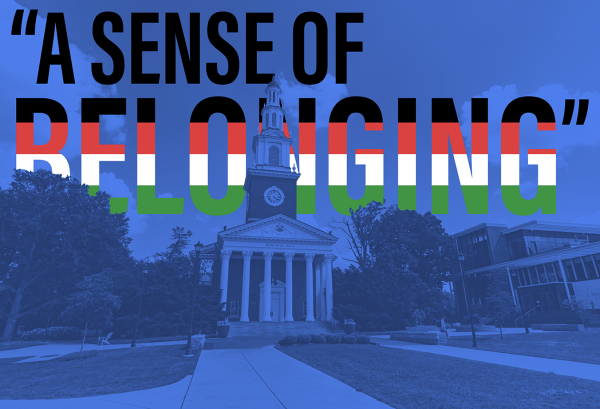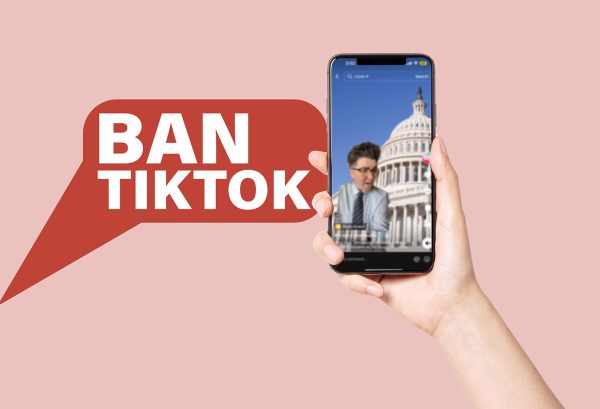Art museum reveals history
November 4, 2014
At my first visit to the UK Art Museum, one of the most striking pieces was the results of a 1972 poll asking, “If elections were held today, for which candidate would you vote?” I could not help but question why this was hung on the wall where traditional paintings are expected.
With a little investigation, the answer proved to be very thought-provoking. I came to see that the UK Art Museum is full of insightful gems waiting to be absorbed.
The poll that I mentioned was conducted on visitors to an art gallery in the month before the U.S. presidential general election. In that election, Richard Nixon resoundingly beat George McGovern by carrying 49 states, but repliers to this poll chose McGovern over Nixon at 75 to six percent.
Sure, that discrepancy is impressive, but why is it worth space in an art gallery? I think it makes a statement about art viewership. For better or worse, it will transform people.
Furthermore, this is why I’ll be returning to the museum, and I hope to not be asking where all the people are.
When you go looking for it, don’t let the building’s quaint exterior or plain text reading “The Art Museum” fool you. Inside, there is a distinctly modern feel and appealing atmosphere which is comfortable for browsing.
And while browsing, you’ll encounter human connectedness in the photos of Laurel Nakadate, creativity from Kurt Vonnegut, thoughts and words in the “Take my word for it” exhibit, and of course various classic pieces in the permanent collection which I have neither the space nor expertise to discuss.
These pieces occupy a special place in the human experience. Each piece has its own unique ideas to share in an aesthetically pleasing way. This makes ideas much more accessible to thought and discussion, especially because art often has wit or irony to draw people in.
For example, there is an ironic piece by artist Les Levine called “People.” It is a poem inscribed on packaging poking fun at how poems are often packaged and presented for the masses. The aesthetics and irony simply draw us in to think about the ideas and provoke us to ask higher questions such as, “how should we relate to poetry?”
To be sure, there is a lot to see in every nook and cranny of the museum. Also it is uniquely accessible — across from the student center, free to students and faculty, and open until 8 on Fridays.
Whether you’re the type of person to meticulously learn about each piece of work or just step back and look, there is something transformational in the UK Art Museum for everyone. Do yourself a favor and go discover what that is.




























































































































































